The headline of a recent Fox Business article on October 16, 2018 declared, “Job openings hit record 7 million, plenty for the 6 million unemployed.” This is both true and a little misleading. Job openings have increased to 7.1 million and unemployment has decreased to 3.7% or 6 million people. However, this does not take into account that certain factors, such as geography or that different jobs require different skills, can seriously impact the availability of talent.
According to the Bureau of Labor Statistics, recent rates of employee hire and separation are almost equal at 5.8 million and 5.7 million respectively, leaving fewer unemployed workers actively looking for new jobs. Any company trying to hire that “perfect person” for their open position knows this – finding the right person, with the right skills, at the right salary, in the right time frame is becoming harder and harder to do.
While experts are unsure of the implications of a long-term low unemployment rate, employers are already experiencing impacts – it is harder to find and hire good candidates as well as to retain current employees. The days of posting and hoping that your ideal employee applies for your position are over for the foreseeable future. Since most people aren’t actively looking for a new job, you’re going to have to go find them. How?
· Use active sourcing (“headhunting”) tools on job boards and LinkedIn which have resume databases; these can be costly but you may find someone who isn’t actively looking.
· Post to job boards that focus on groups that are often underrepresented in the workplace, such as veterans or the disabled – www.dol.gov/veterans/hireaveteran/ and www.dol.gov/odep/ are two sources dedicated to these specific groups of people where you may find someone not using traditional methods.
· List positions to statewide job boards focused on currently unemployed workers.
· Offer meaningful referral bonuses to your current employees to entice them to refer people they know (your best employees can refer other good employees).
· Be creative and keep your eyes open – you may see someone while you are out shopping or at dinner who may meet the needs at your company; talk to them about your company and see where that could lead.
· Revisit former applicants and candidates that were not hired – check in with a candidate who took another position to see if they want to talk again.
· Use social media to let personal and professional contacts know you are hiring; they may know someone who is looking and/or you can use a local page dedicated to connecting people.
· Consider using a recruiting expert who can source, screen, interview, negotiate, and make offers to qualified candidates – you can focus on the other demands of your business while the recruiters move the process forward and ensure candidates receive constant communication.
· Leverage the workforce you already have to get the production you need from a new hire – convert current part-time employees to full-time and/or cross-train current employees to meet the needs you have (and compensate accordingly so they don’t leave).
Once you find the applicants, what should you do (and not do) to make the hiring process easier and more productive?
Do – Respect the candidate’s time, needs, and goals: Call applicants within 24 hours and keep the process moving. Realize that each candidate has their own reasons for looking for a new job and their own timeframe in which they want or need that job. While some candidates can wait, most will accept the first good offer they receive.
Don’t – Make your hiring process long and drawn out: Having a lengthy process of reviewing applications, prescreening applicants, interviewing candidates, conducting background screens and/or skills tests, or allowing long gaps throughout the process can make candidates think you are not interested and may encourage them to find employment elsewhere.
Do – Devote the proper resources to finding good candidates: When you are ready to start your candidate search, make sure your application is up-to-date, your recruiter is dedicated to the process from start to finish, and all decision makers are available for interviews and final choices.
Don’t – Engage in the recruiting process until you’re serious about dedicating the time: It takes a lot of time to sort through applications, vet the candidates, conduct proper screenings, and make the decisions on who is best for your organization. If all of this is not done in a timely manner, you could lose the right person and may have to extend your search time or settle for second best.
Do – Sell yourself and your company to prospects: Just like you sell your products or services to customers, you need to demonstrate to a candidate why he/she should choose your company over other offers that may be on the table. Be sure to communicate your company’s best features such as your culture, perks, awards, etc.
Don’t – Lowball pay or benefit offerings: Given the current job market, candidates will likely receive multiple job offers to consider during their search. While you do not need to be the highest in your industry or area, not offering a competitive compensation package will give recruits, especially good ones, a strong reason to eliminate your company from consideration.
If you’ve attempted to hire talent recently, you know it’s a tough labor market out there. Now is the time to be creative about how to market yourself, how to find talent, and how to adequately compensate your next best hire. As always, if you need any help in any of these areas, don’t hesitate to contact us for help!
By Paige McAllister, SPHR, HR Compliance – Affinity HR Group, Inc.






